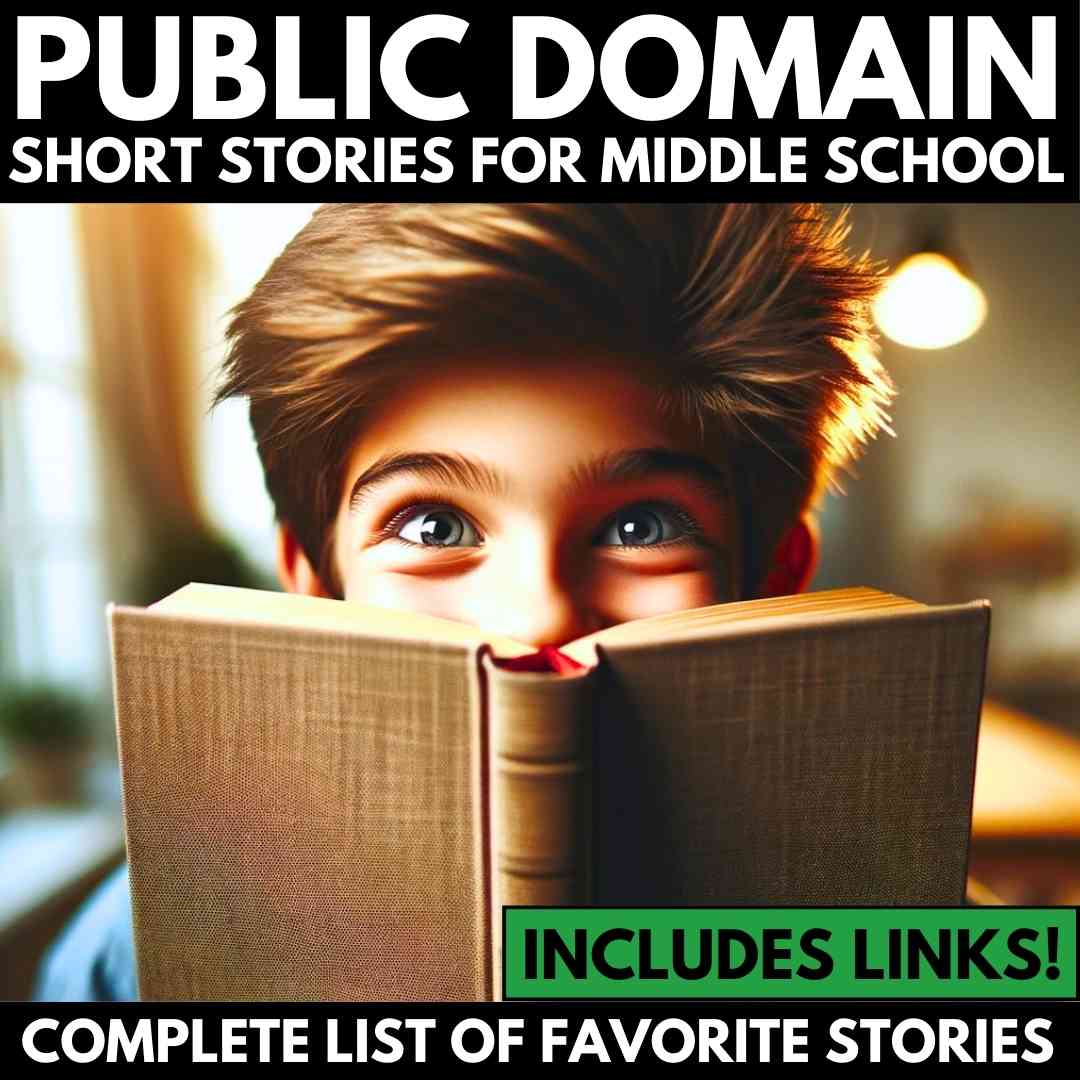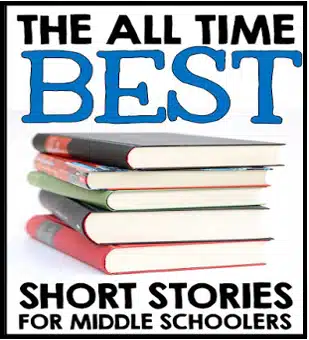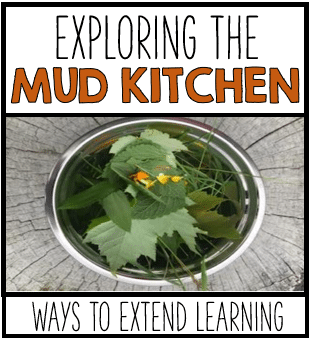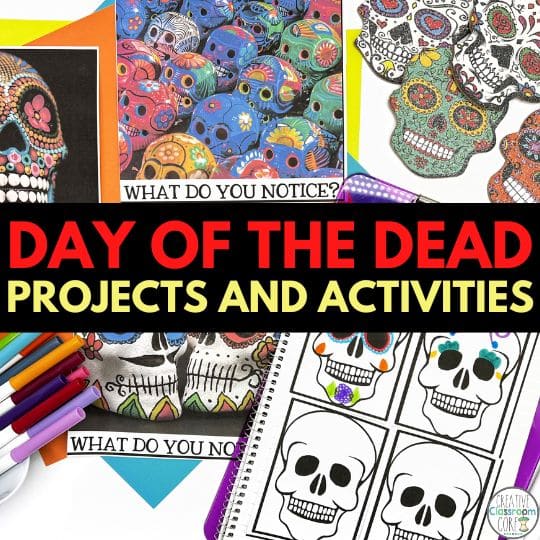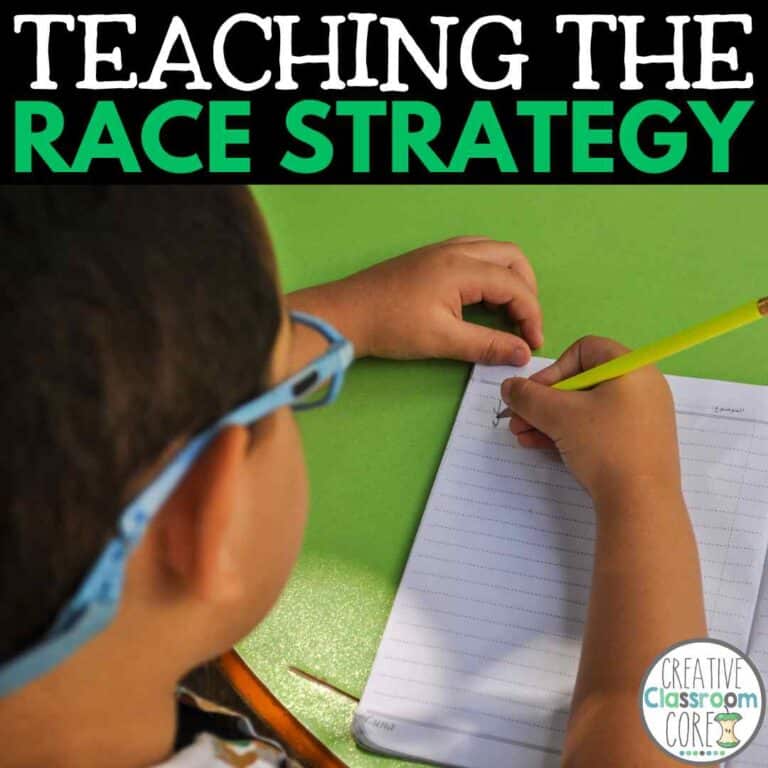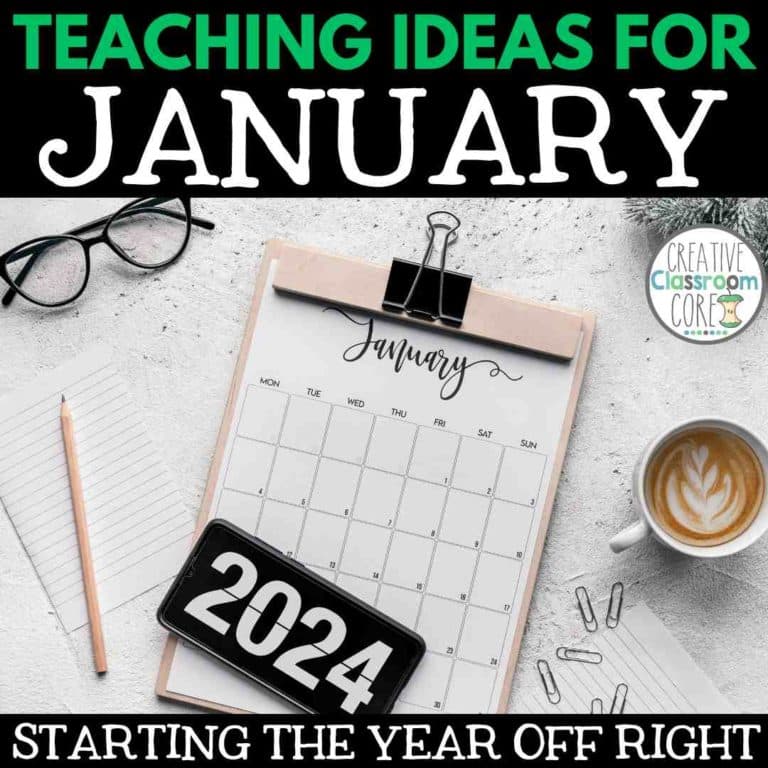25 Best Short Stories for Middle School
By MARISSA DESPINS Updated Feb 29, 2024
short stories for middle school learners
When teaching grades 7-9 English, our short story unit is the one I look forward to most. Short stories definitely have their place in the middle school English classroom, as they are great for teaching literary elements and key reading strategies. In this post I list my 25 favorite short stories for middle school, with brief descriptions and suggested resources.
Looking for a list of public domain short stories that you can access online for free? Click on the image or button below to download our free list! It contains 25 of our favorites public domain short stories for middle school, with links to online versions of the stories!
25 Favorite Short Stories for Middle School
I have included 25 of my very favorite short stories for middle school below. These are stories that I have used with my middle schoolers for many years. All of these stories are guaranteed to be highly engaging. They promise to raise questions and instigate great discussions in your classroom. Included are links to online versions of the stories. This way, you can check them out yourself. I have only included a quick blurb about each. I don’t want to spoil the stories for those of you who are yet to discover them.
Short Stories for Middle School: 25 Top Picks
1- The Necklace – Guy De Maupassant
In “The Necklace”, a woman borrows an expensive piece of jewelry from a wealthy friend, only to lose it. She then spends the rest of the story trying to repay her debt. With a surprising twist ending, this short work of classic literature is sure to engage your students. The characters in this story are very well developed. Because of this, they make for great lessons on characterization. Also, the main character comes off quite spoiled and unlikable. It makes for an excellent class debate or writing assignment on whether or not she deserved her fate.
2- Lamb to the Slaughter – Roald Dahl
“Lamb to the Slaughter” focuses on a scorn woman, who has murdered her husband with a frozen leg of lamb. The rest of the story revolves around her trying to hide her guilt and conceal the evidence. This is certainly a creepy story. However, I think that is exactly what makes it one of the best short stories for middle school. I often use the story to teach persuasive essay writing, while having the kids debate about whether or not they think the main character should get away with the crimes.
3- To Build a Fire – Jack London
“To Build a Fire” by Jack London is a gripping tale of a man’s struggle for survival in the harsh and unforgiving Yukon wilderness. The story centers around a solitary traveler who, despite warnings about the extreme cold, ventures out into the wilderness to meet his friends at a remote camp. As he confronts the brutal temperatures, his journey becomes a battle against nature’s indifference to man’s struggles. London’s narrative is a powerful exploration of the human spirit’s resilience and the consequences of underestimating the natural world’s power.
For additional survival stories to add to your teaching repertoire, be sure to check out our post on favorite survival novels for teens!
4- The Tell Tale Heart – Edgar Allan Poe
“The Tell-Tale Heart” by Edgar Allan Poe is a classic tale of suspense and psychological horror. The story unfolds through the eyes of an unnamed narrator, who insists on his sanity while describing the meticulous planning and execution of the murder of an old man. Poe’s masterful use of first-person narrative immerses readers in the disturbed mind of the protagonist, exploring themes of guilt, paranoia, and the fine line between sanity and madness.
For additional tips on teaching this creepy store, check out our post teaching The Tell Tale Heart!
5- The Sniper – Liam O’Flaherty
If you are looking for short stories for middle school to help draw in your reluctant male readers, this short story is it. With guns, war, and a little bit of violence, I found that it really appeals to a lot of the adolescent boys in my classes. “The Sniper” revolves around a young man sitting on a rooftop during the Irish Revolution. He gives away his place while lighting a cigarette, and knows he has to escape. It has a twist ending will leave your students open-mouthed.
6- The Fall of the House of Usher – Edgar Allan Poe
“The Fall of the House of Usher” by Edgar Allan Poe is a chilling narrative centered around themes of fear, madness, and the supernatural. The story begins with the narrator arriving at the gloomy Usher estate, invited by his childhood friend Roderick Usher, who is suffering from a mysterious illness. The mansion itself mirrors the deteriorating state of the Usher family line. As the narrative unfolds, the narrator observes the eerie atmosphere and the peculiar connection between the Ushers and their ancestral home. In this story, Poe masterfully weaves a tale that explores the power of fear and the fragility of the human mind.
7- The Interlopers – Saki
“The Interlopers” begins with the heads of two feuding families, hunting each other through the forest at night. Just as they are about to shoot each other, a large tree falls in the snowy forest. This traps both of them beneath it. The story has a great twist at the end that will leave your students gasping. Because of this, it makes it a great story for teaching about irony and for reviewing plot.
8- After Twenty Years – O. Henry
“After 20 Years” by O. Henry is a short story that delves into themes of friendship, change, and the passage of time. The narrative revolves around a meeting between two friends, Jimmy and Bob, who had parted ways twenty years earlier with a promise to meet again at the same spot. When “Jimmy” finally appears, the encounter takes an unexpected turn, leading to a twist that is characteristic of O. Henry’s storytelling. Through this brief encounter, O. Henry masterfully captures the complexities of human relationships and the bittersweet nature of reunions.
9- The Monkey’s Paw – W.W. Jacobs
“The Monkey’s Paw” by W.W. Jacobs is a classic tale of how a seemingly benign object can bring about unforeseen consequences. The story centers on the White family, who come into possession of a mysterious mummified monkey’s paw, said to grant three wishes to its holder. The story culminates in a climactic decision to use the final wish, showcasing the themes of greed, the folly of tempting fate, and the devastating consequences of trying to alter one’s destiny.
10- The Chaser – John Collier
In “The Chaser” a young man purchases a love potion. He is pleased to discover that it only costs a very small amount. However, the merchant has something more costly to offer him, should he need it in the future. This is one of my favorite stories to teach in February. This is because the whole love potion idea pairs well with Valentine’s Day festivities. The story itself is only a page or two long. Because of this, it is highly accessible to even your most struggling middle school readers. After reading the story, students soon discover that the title is a great play on words. This makes for engaging class discussion.
11- The Story of an Hour – Kate Chopin
“The Story of an Hour” begins when a woman is given news that her husband has died in a railroad accident. In the hour that follows, she contemplates her life while experiencing a wide range of emotions. Another story with a twist (can you tell I love twist endings?), students are always caught off guard by the ending. Because of this, it leads to great class discussions. The story easily lends itself to activities relating to symbolism, irony, and plot structure.
12- The Outsider – H.P. Lovecraft
“The Outsider” by H.P. Lovecraft tells the story of someone who has lived alone in a dark place for a long time. Deciding to leave, the person finds a way out and tries to meet others, only to be met with fear and rejection. This leads to a discovery about his own true nature. Lovecraft’s story is a haunting exploration of what it means to be an outsider, both literally and metaphorically, and the profound loneliness of being fundamentally different from those around you.
13- The Lottery – Shirley Jackson
“The Lottery” by Shirley Jackson is a story set in a small town that observes an annual tradition known as “the lottery.” The event is deeply rooted in the town’s history, with every family participating. As the story unfolds, Jackson masterfully builds tension and anticipation, leading readers to wonder about the true nature and outcome of the lottery. The narrative invites readers to reflect on the practices and beliefs that bind communities together, often leaving them to ponder the underlying implications of following tradition without question.
For more great Dystopian short stories, be sure to check out our guide to Dystopian short stories!
14- On the Sidewalk bleeding – Evan Hunter
“On the Sidewalk Bleeding” by Evan Hunter tells the story of Andy, a teenager who is part of a gang called the Royals. After being stabbed by a member of a rival gang, Andy lies alone in an alley, realizing that being identified only as a gang member might lead to his death without anyone recognizing who he truly is. The story highlights the consequences of gang violence and the importance of individual identity over belonging to a group. It’s a straightforward look at how labels can overshadow a person’s true self, especially in critical moments.
15- The Gift of the Magi – O. Henry
In “The Gift of the Magi“, a young couple low on funds try to find a way to get each other a special Christmas gift. This is one of my favorite stories to read around the holidays. It has a beautiful message about giving, and the things we should value most. Because of this, it is a great story to pair with a reading of A Christmas Carol. Also, it is great for reviewing plot, character motivation, and irony.
16- A Sound of Thunder – Ray Bradbury
Set in the future, time travelers on a hunting expedition visit prehistoric times to shoot and kill a Tyrannosaurus Rex. “A Sound of Thunder” explores the concept of the Butterfly Effect, where one small action in the past can have massive consequences in the future. Students who have seen the movie Groundhog Day will be familiar with the concept, but I find this story to be much darker.
17- The Yellow Wallpaper – Charlotte Perkins Gilman
“The Yellow Wallpaper” by Charlotte Perkins Gilman is a short story that delves into the themes of mental health, the repression of women, and the impact of isolation. It follows the story of a woman who is confined to a room with yellow wallpaper by her husband as a form of “treatment” for her supposed nervous condition. The narrative is a powerful critique of the medical treatment and societal expectations of women during the time it was written, highlighting the need for understanding and change in the treatment of mental health.
18- Rain, Rain, Go Away – Isaac Asimov
When it comes to creepy and strange, “Rain, Rain, Go Away” does not disappoint. In the story, the main characters are curious about their new neighbors, who seem to be acting strangely. In an effort to get to know them better, they invite them on an outing to a local fair. Later, after consuming massive amounts of cotton candy, panic ensues when an unforeseen rain storm catches the new neighbors off guard.
This is an excellent story for teaching cause and effect and character changes over time. The story is also great for visualization, as the final scene really paints a picture in the minds of young students. Because of this, I often have my students illustrate before and after pictures of the neighbors.
19- The Most Dangerous Game – Richard Connell
“The Most Dangerous Game” is one of my favorite short stories for middle school to teach about mood and suspense. In this engaging and tense story, a well known hunter crashes his boat into an almost deserted island. Later, he discovers that the inhabitant likes to hunt humans. The beginning of the story is a great opportunity to teach students about how setting can help to create mood. The descriptions in the story are very visual. Because of this, I have my students draw maps of the island, and show where key plot events in the story take place. This story is a definite favorite among middle school students.
20- The Veldt – Ray Bradbury
“The Veldt” by Ray Bradbury is a story set in a futuristic home equipped with high-tech nursery virtual reality rooms. The story centers on a family dealing with the consequences of their children becoming emotionally attached to a virtual African veldt, where lions roam freely. As the parents try to shut down the nursery due to its disturbingly realistic simulations, tensions rise. Bradbury’s tale serves as a cautionary message about the potential pitfalls of advanced technology and the importance of family dynamics.
For more great science fiction short stories, check out our five favorite science fiction short stories!
21- The Bet – Anton Chekhov
“The Bet” by Anton Chekhov is a story about a wager between two men on the topic of solitary confinement versus the death penalty. One argues that life in any form is better than death, while the other disagrees, leading to a bet that involves one of them voluntarily undergoing fifteen years of isolation. Chekhov’s narrative is a profound exploration of solitude, knowledge, and the essence of human existence.
22- Harrison Bergeron – Kurt Vonnegut
In “Harrison Bergeron“, the people of the future have been given “handicaps” to make sure that everyone is equal. The story picks up when young Harrison Bergeron takes over a television program, revolting against the handicaps he has been given. This story lends itself to a great discussion about political propaganda. Because of this, I usually end the unit by having the kids create their own propaganda posters for the main character in the story.
23- All Summer in a Day – Ray Bradbury
When Margot moves from Earth to the rainy planet of Venus, she is bullied by the other children who are jealous of her for seeing the sun. As the first sunny day the planet has seen in many years approaches, the bullying intensifies, leading up to a heartbreaking finale. “All Summer in a Day” is a great story to use when discussing bullying, as students tend to feel quite strongly for Margot, and can often make connections to their own lives. Also, as it is set on a distant planet, it is a great story to use when discussing setting.
24- The Birds – Daphne Du Maurier
As this is the classic short story that Alfred Hitchcock’s famous movie was based on, it makes for a great spooky story to use around Halloween.
In The Birds, the main character notices that the town’s birds have been acting strangely. Soon, he is forced to barricade himself inside his house, and fight to protect his family from the swarming birds.
The spooky nature of this story makes it a great one to teach mood and suspense. After, when the unit is complete, it is fun to show the students the classic Hitchcock movie, and compare and contrast the similarities and differences between the movie and story. While it was considered to be quite a scary movie when it was first released, it is quite tame by today’s standards. My students are so accustomed to the special effects of today’s movies that they usually find this movie quite hilarious to watch.
25- The Elevator – William Sleator
The Elevator revolves a young boy named Martin, and his overwhelming fear of an overweight lady who climbs into his apartment elevator every time Martin boards. This is a great story to review plot, as the climax happens at the very end. I have found that my students often struggle to locate the climax of the story when it happens so late in the text, and this is a great way to help them practice with this. This story is definitely creepy, making it a hit with this age group.
Interested in using some of these short stories for middle school in your classroom?
Check out this short stories for middle school package, available in my Teachers Pay Teachers store – it contains over 400 pages of resources, including full text stories and activities to use with 10 classic short stories!
Interested in trying out one of my short story resources for free?
Click here or on the image below to download a COMPLETE short story unit. It contains a full text version of the story, comprehension questions, close reading activities, graphic organizers, answer keys, and more!
Looking for some FREE resources to use in your Short Story Interactive Notebooks?
Click on the image below to take you to a FREE download featuring a variety of different resources you can use in your own Short Story Interactive Notebooks! This includes some of my best selling resources – graphic organizers, foldables, and other fun resources you can use in your classroom today!
For more information on Interactive Notebooks, and ways you can use them in your classroom, check out our post about tips for Interactive Notebook success!
Interested in signing up for my email list?
If you are interested in signing up for my email list, you can do so by clicking on the link below. I periodically send out emails with free resources, teaching tips, and exclusive deals. Signing up will also give you immediate access to some of my best selling Interactive Notebook resources – foldable activities, graphic organizers, and other fun activities.
